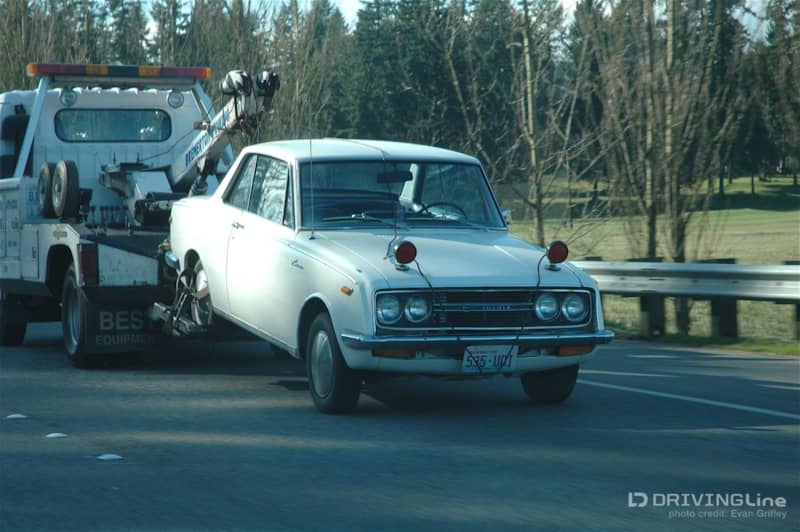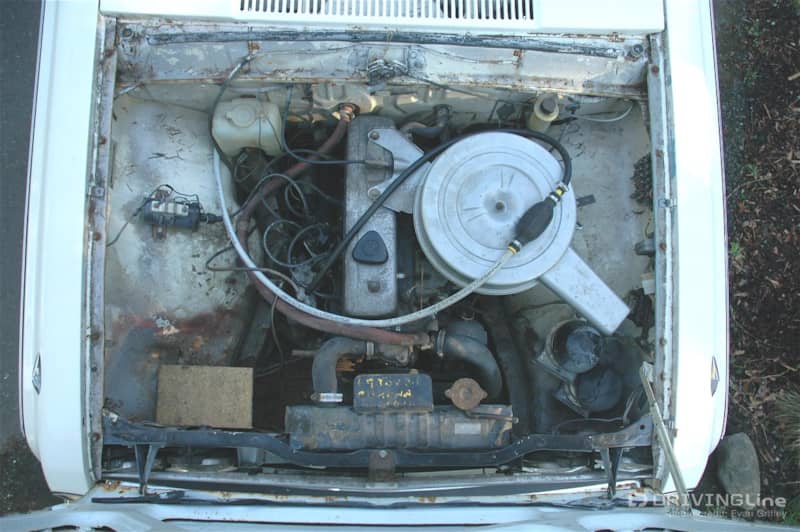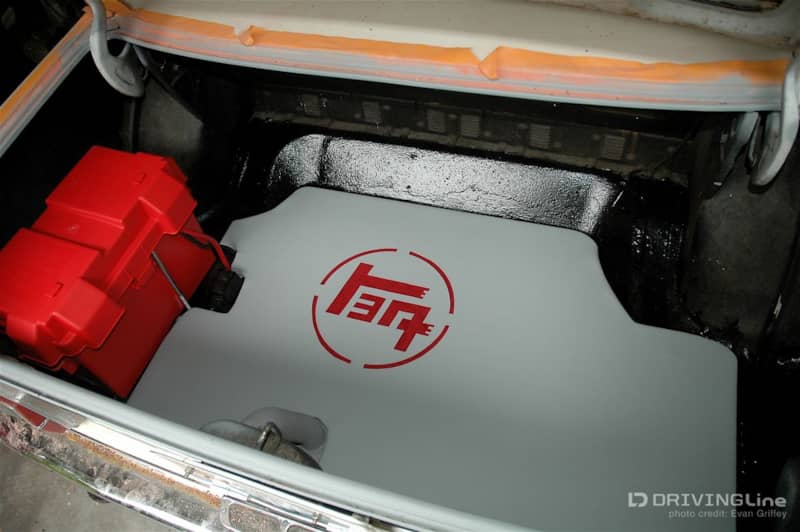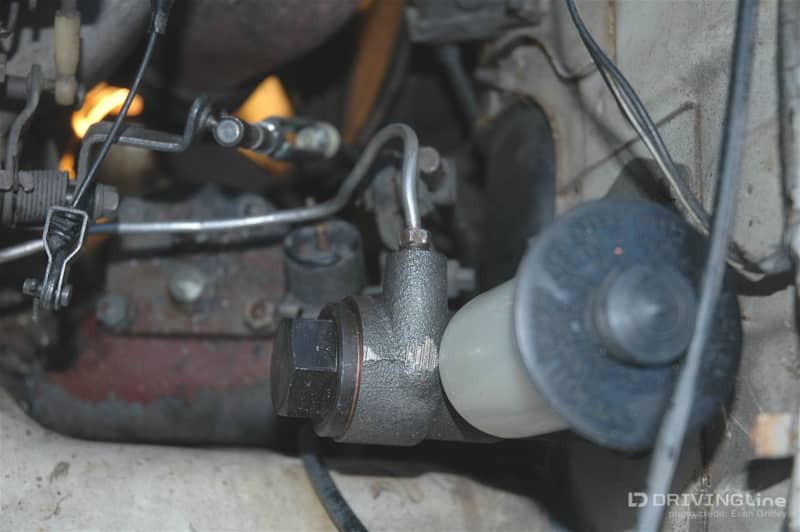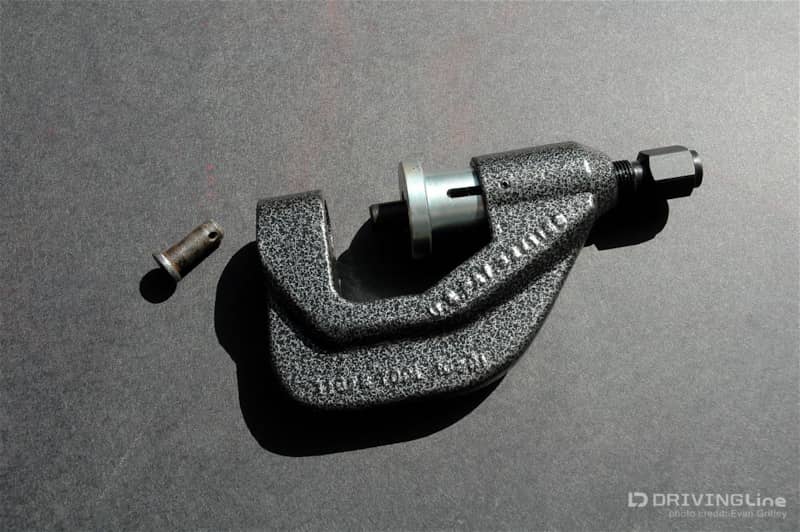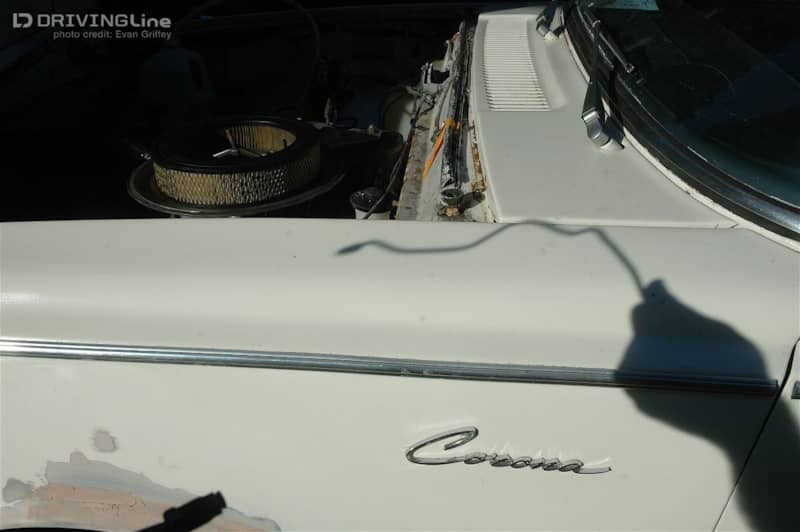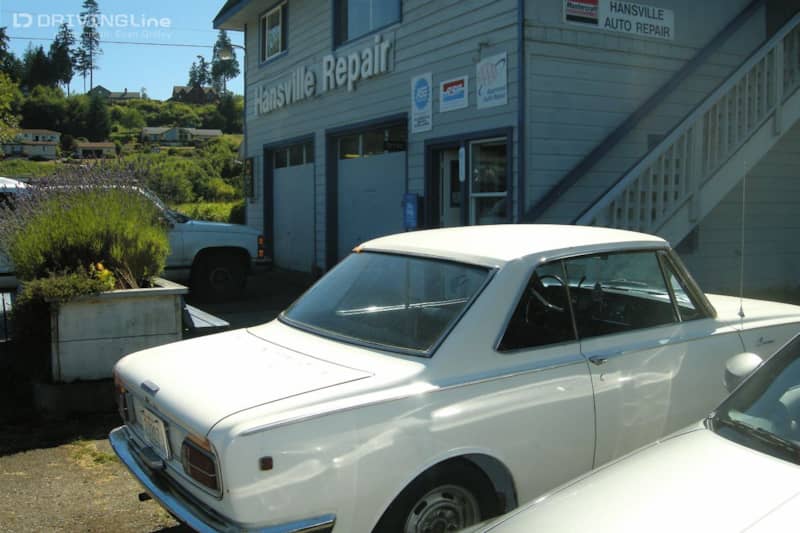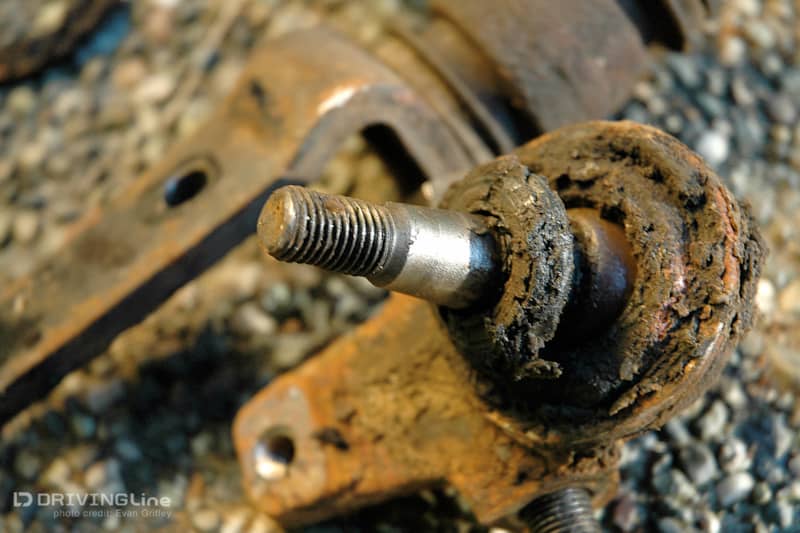1968 Toyota Corona Project Ride: Resurrection
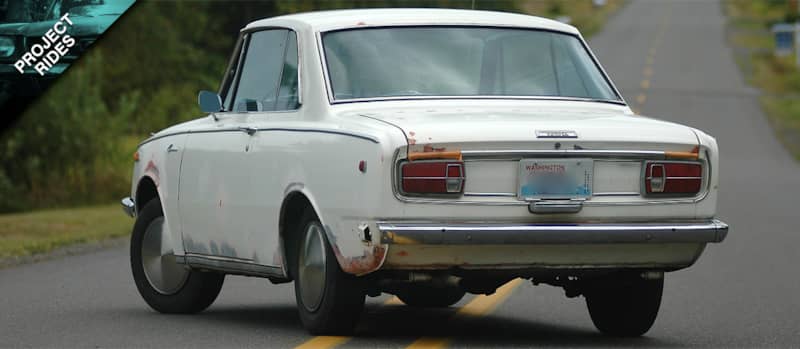
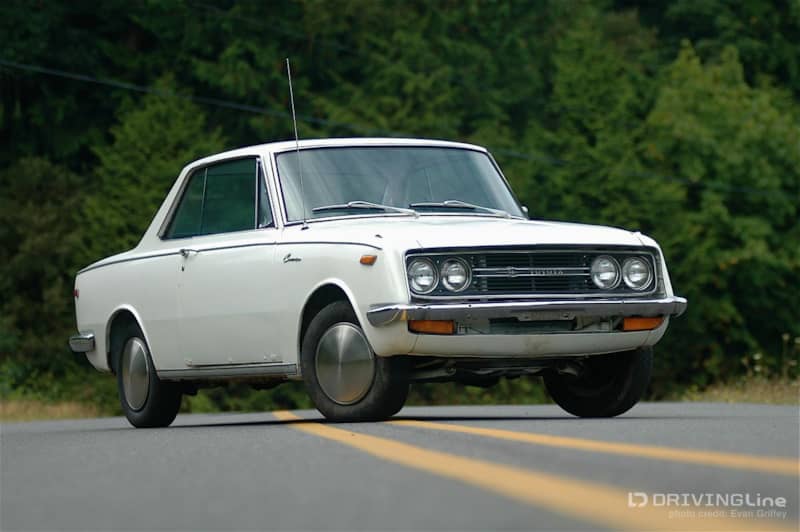
- A big chunk of change will be spent on tools.
- Perserverence is needed, you may well work a day or two on removing a single bolt.
- A rare car also means rare replacement parts.
- Finishing one task may require completing one or two other tasks.
